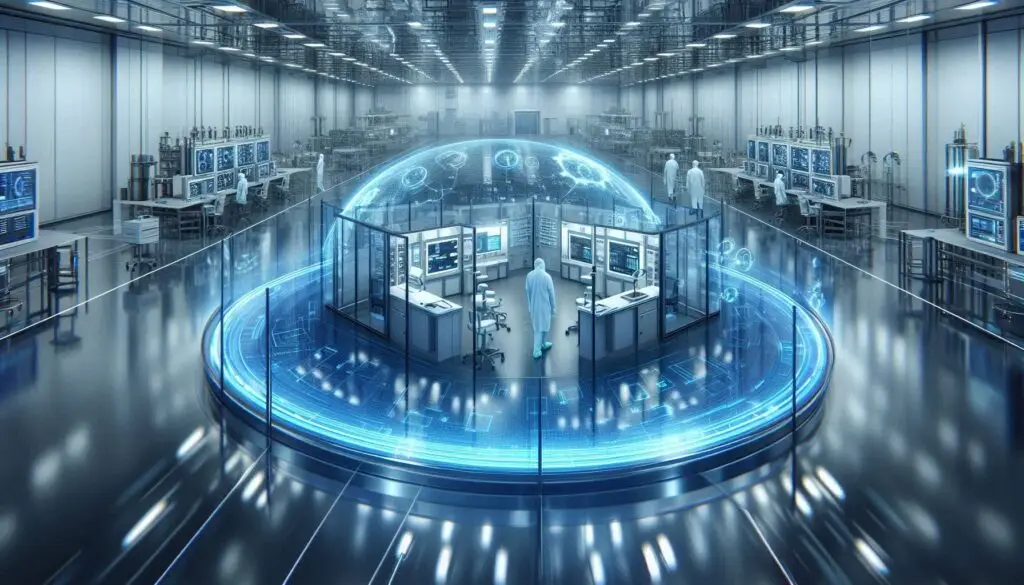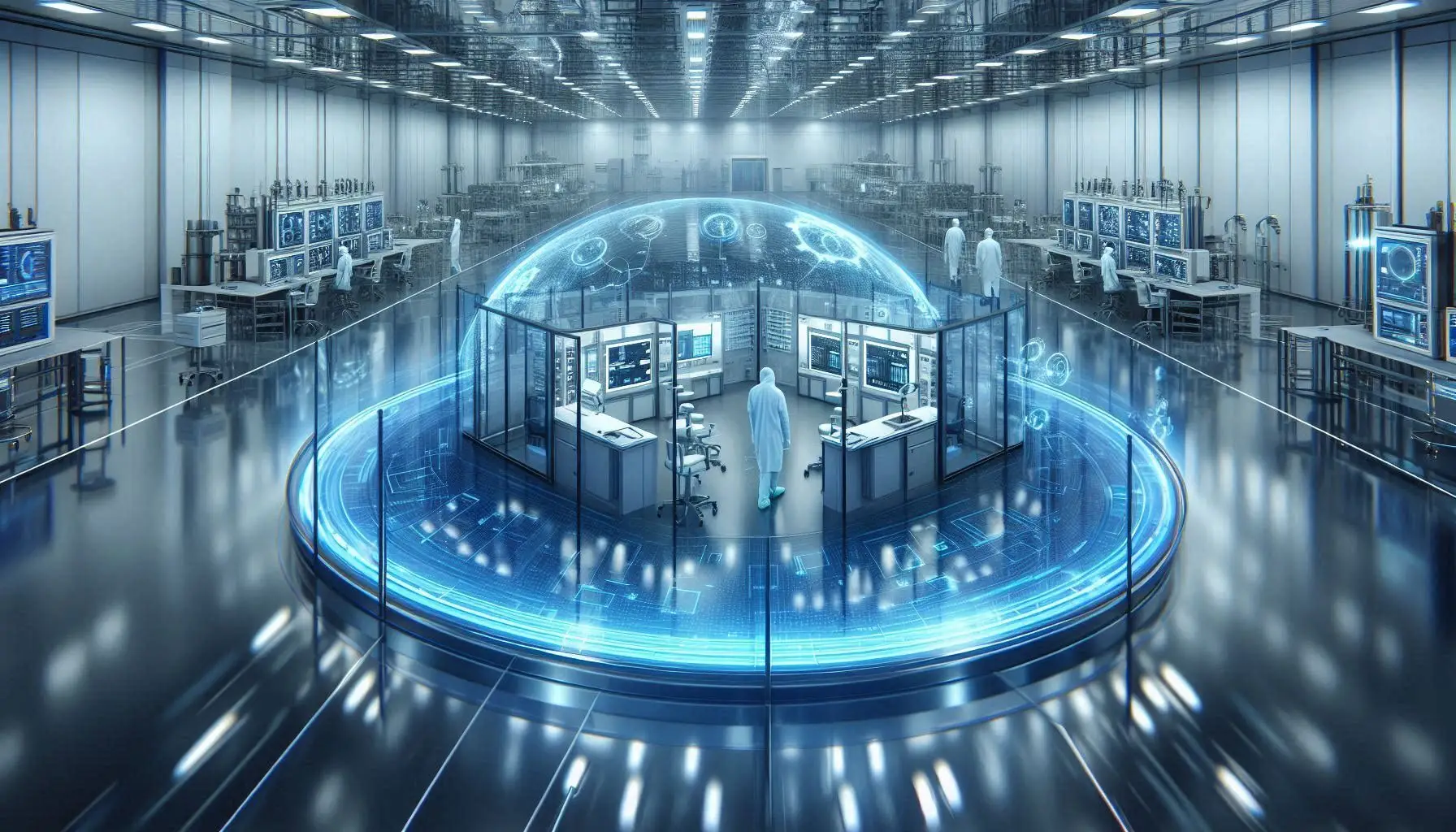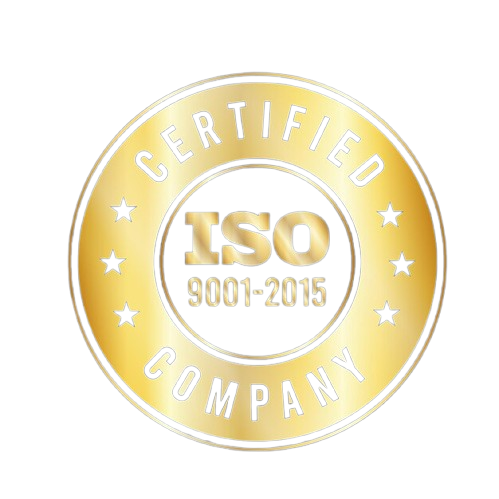The Future of Cleanrooms: How Smart Technology is Revolutionizing Contamination Control

Written by Wiselink Group, Qingdao, China
In the world of cleanrooms, maintaining the highest levels of cleanliness and contamination control is essential for the success of various industries. From pharmaceutical manufacturing to electronics and aerospace research, the need for environments with precise air quality, humidity control, and minimal contaminants has never been more critical. For years, cleanrooms have relied on traditional systems like HVAC, filtration, and manual monitoring to keep environments sterile. However, as the demand for increased efficiency and reliability grows, the adoption of smart technology in cleanrooms is now at the forefront of the industry.
Smart technology in cleanrooms is not just a passing trend; it is revolutionizing how cleanroom environments are monitored, managed, and optimized for performance. With advancements in automation, real-time data analytics, and IoT (Internet of Things), cleanrooms are becoming smarter, more efficient, and capable of self-regulation. As businesses seek greater operational efficiency and regulatory compliance, the integration of smart technology is essential. This is where Wiselink Group excels, providing cutting-edge solutions that combine innovation with precision.
In this blog, we will explore how smart technology is reshaping the cleanroom industry, the benefits it offers, and how Wiselink Group integrates these technologies into our cleanroom solutions to ensure top-tier contamination control.
The Role of Smart Technology in Cleanroom Contamination Control
Cleanrooms are designed to maintain environments that are free from airborne particles, bacteria, and other contaminants that could compromise sensitive processes and products. Traditionally, this has been achieved through filtration systems, air conditioning units, and regular monitoring of environmental parameters such as temperature, humidity, and particle concentration. While these systems have served their purpose, they are often reactive in nature, requiring human intervention for adjustments and maintenance.
Smart technology, however, is changing this paradigm. By leveraging sensors, automation, and data analytics, cleanrooms can now be monitored and controlled in real-time, reducing the need for manual adjustments and minimizing human error. Smart systems can automatically adjust environmental variables such as airflow, filtration rates, and temperature, ensuring that cleanroom conditions remain within the strictest tolerances without constant oversight.
Key Benefits of Smart Technology in Cleanrooms
- Enhanced Contamination Control: With real-time monitoring, smart technology can detect even the slightest deviation from acceptable cleanroom conditions, allowing immediate corrective actions to prevent contamination.
- Predictive Maintenance: Smart systems can predict potential equipment failures or maintenance needs before they cause disruptions, reducing downtime and ensuring the cleanroom operates at peak efficiency.
- Energy Efficiency: Smart technology can optimize the use of HVAC systems, lighting, and other equipment, reducing energy consumption while maintaining the required cleanroom standards.
- Regulatory Compliance: With automated monitoring and data logging, smart technology helps ensure compliance with strict regulations such as GMP (Good Manufacturing Practices) and ISO 14644 standards.
- Real-Time Data Analytics: The ability to collect and analyze data in real-time enables managers to make informed decisions and continuously improve cleanroom operations.
How Smart Technology Integrates with Cleanroom Systems
Smart technology in cleanrooms involves integrating various systems that work together to monitor and control the environment automatically. The main components of smart cleanrooms include sensors, automated control systems, and cloud-based platforms for data analytics.
Sensors and IoT Integration
At the heart of a smart cleanroom are the sensors that collect data on various environmental factors. These sensors are connected to the cleanroom’s control systems via IoT, providing real-time insights into particle counts, temperature, humidity, pressure, and airflow. This data is continuously monitored, allowing the system to adjust parameters as needed to maintain ideal conditions.Automated Environmental Controls
Automation plays a crucial role in the functionality of a smart cleanroom. Smart HVAC systems, for example, can automatically adjust air volume based on real-time data from sensors, ensuring that airflow remains optimal without unnecessary energy consumption. Similarly, humidity levels can be automatically controlled, which is particularly important for pharmaceutical and biotech cleanrooms where moisture levels can significantly impact product quality.Data Analytics and Cloud Platforms
Cloud-based platforms allow for the collection and analysis of large volumes of data from multiple cleanroom sensors. This data is processed using advanced analytics algorithms to detect patterns and predict future conditions. By integrating this data into decision-making processes, cleanroom managers can optimize operations, ensure regulatory compliance, and identify potential issues before they become critical.Self-Regulating Systems
One of the most innovative aspects of smart technology in cleanrooms is the development of self-regulating systems. These systems can adjust cleanroom parameters such as air pressure, temperature, and humidity without manual intervention. For instance, if particle levels exceed acceptable thresholds, the filtration system can automatically increase airflow or switch to a higher filtration mode.
The Future of Smart Technology in Cleanrooms
The future of smart technology in cleanrooms looks incredibly promising. As industries continue to evolve and demand more efficient and precise cleanroom environments, the role of automation, data analytics, and IoT will continue to expand. Here are some trends that are expected to shape the future of cleanrooms:
AI and Machine Learning Integration
Artificial Intelligence (AI) and machine learning will enable cleanrooms to become even more autonomous. By analyzing vast amounts of data collected from sensors, AI can predict and adjust cleanroom conditions without human intervention. This will help optimize performance, reduce energy consumption, and further enhance contamination control.Blockchain for Data Integrity
Blockchain technology may also play a role in the future of smart cleanrooms. By providing secure, immutable records of all data collected from sensors, blockchain ensures data integrity and provides a transparent, auditable trail for compliance purposes.Integration with Wearable Technology
Wearable technology could further enhance smart cleanroom functionality. For example, workers may wear sensors that track environmental factors, such as exposure to contaminants or temperature fluctuations, to ensure personal safety and compliance with cleanroom standards.Advanced Robotics and Automation
The use of robots in cleanrooms is not new, but as technology advances, robots will become more integrated into cleanroom operations. Robots could perform routine cleaning, monitor contamination levels, or transport materials within the cleanroom, all while interacting with smart systems to ensure a smooth operation.
Why Choose Wiselink Group for Your Smart Cleanroom Solutions?
At Wiselink Group, we are at the forefront of providing advanced cleanroom solutions that incorporate the latest smart technologies. Our extensive experience in cleanroom design, installation, and maintenance allows us to offer customized solutions that meet the specific needs of our clients across various industries.
We understand that every cleanroom is unique, and that’s why we offer tailored solutions that integrate smart technology to optimize contamination control, energy efficiency, and regulatory compliance. Our expert team works closely with clients to design and implement smart systems that ensure their cleanrooms remain at peak performance.
Why choose Wiselink Group?
- Expertise and Experience: With years of experience in cleanroom systems, we have a deep understanding of the unique challenges and requirements of different industries.
- Custom Solutions: We provide customized cleanroom solutions that incorporate smart technologies to meet your specific needs and requirements.
- Top-Quality Products: At Wiselink Group, we only use the highest-quality materials and components to ensure the reliability and longevity of your cleanroom systems.
- Global Reach: We offer our services and products worldwide, providing you with the expertise and support you need, no matter where your facility is located.
- Comprehensive Support: We provide full support throughout the entire lifecycle of your cleanroom, from design and installation to maintenance and upgrades.
Contact Wiselink Group Today
If you’re ready to take your cleanroom to the next level with smart technology, Wiselink Group is here to help. Our team of experts will work with you to design a cleanroom solution that integrates the latest smart systems for optimal contamination control, energy efficiency, and regulatory compliance.
Get in touch with us today to learn more about how smart technology can revolutionize your cleanroom environment.




